Navigating Technology as Seniors: Using Smartphones and Tablets Effectively
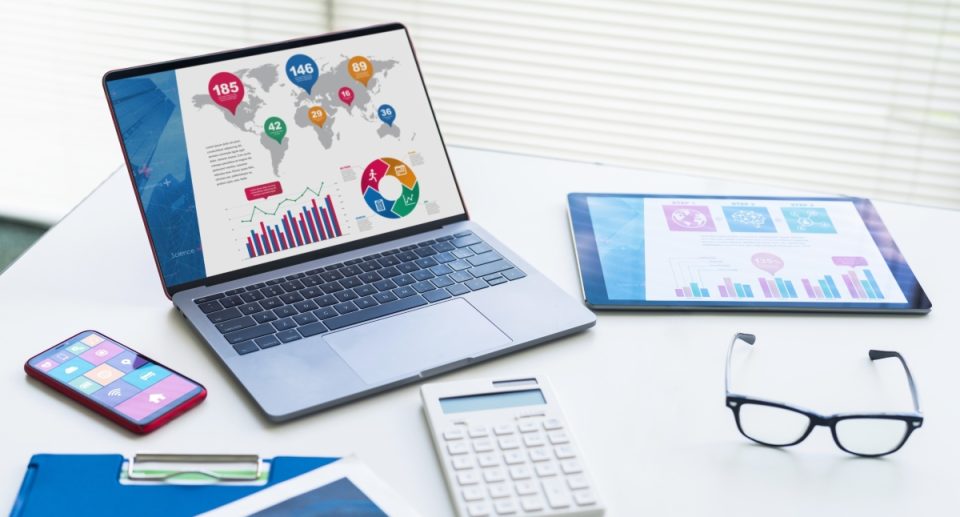
Technology has become integral to daily life, offering convenience, communication, and entertainment at our fingertips. For seniors, embracing smartphones and tablets can open new possibilities, from staying connected with loved ones to exploring hobbies, managing health, and even shopping online.
While smartphones and tablets may seem overwhelming at first, mastering them doesn’t have to be difficult. This guide will provide practical tips and insights to help seniors navigate smartphones and tablets effectively and make the most of modern technology.
1. Choosing the Right Device: Smartphones vs. Tablets
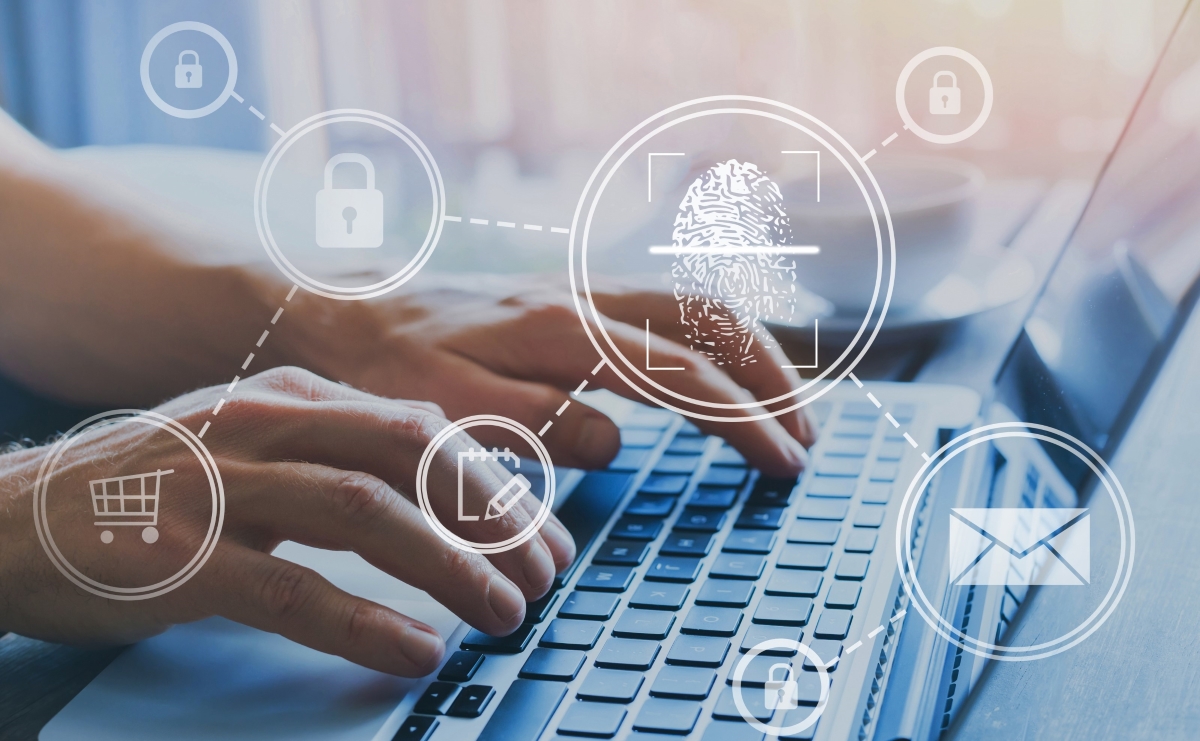
The first step in embracing technology is selecting a device that suits your needs. Both smartphones and tablets have distinct advantages, and your choice will depend on how you plan to use the device.
Smartphones are compact, portable, and perfect for staying connected on the go. With features like text messaging, phone calls, and access to the internet, smartphones can serve as a versatile tool for communication. Most smartphones also have built-in cameras, allowing you to take photos and videos to share with friends and family.
Conversely, tablets offer a larger screen, making them ideal for reading e-books, browsing the web, watching videos, or playing games. Tablets are also great for video calls since the larger display makes it easier to see the person you’re speaking with. While tablets can also perform many of the same functions as smartphones, they are generally less portable due to their size.
Many seniors opt for both devices, using their smartphone for calls and texting while relying on their tablets for leisure activities. When choosing between a smartphone and a tablet, consider your priorities—portability, screen size, or ease of use—and choose the device that best fits your lifestyle.
2. Getting Comfortable with Touchscreens
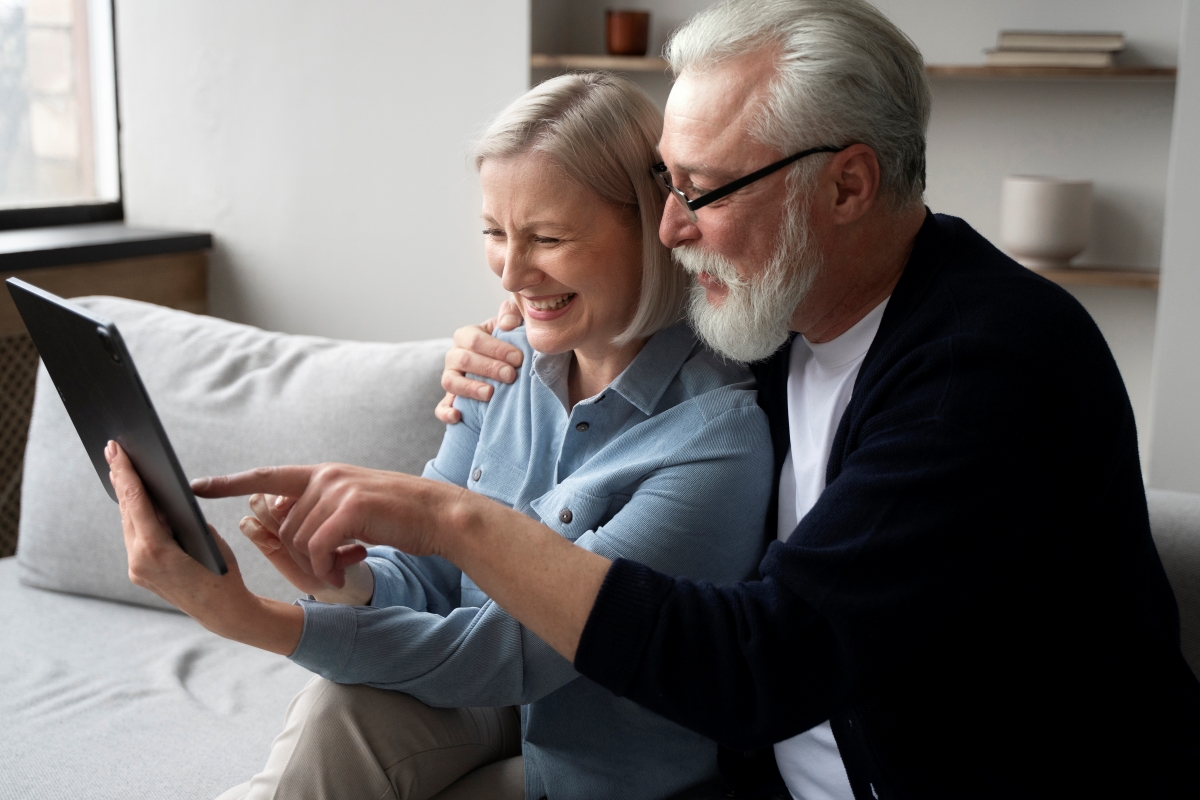
One of the first hurdles for seniors learning to use smartphones and tablets is becoming comfortable with touchscreen technology. Unlike traditional computers that use a mouse and keyboard, these devices are operated by tapping, swiping, and pinching on the screen. It might initially feel unfamiliar, but with a little practice, these gestures will become second nature.
Here are a few basic gestures you’ll need to know:
- Tapping: A light tap on the screen selects an app, opens a menu, or types a letter on the on-screen keyboard.
- Swiping: Swiping your finger across the screen scrolls through web pages, photos, or menus.
- Pinching: Pinch two fingers together on the screen to zoom out or spread them apart to zoom in on photos or text.
- Long press: Holding your finger on an app or an item for a few seconds brings up additional options, such as deleting or moving an app.
Many seniors find it helpful to increase the size of icons and text on their devices to improve accuracy and ease of use. Most smartphones and tablets allow you to customize display settings so that icons, buttons, and fonts are larger and easier to see. This can be done in the “Accessibility” section of your device’s settings.
3. Staying Connected: Texting, Calling, and Video Chats

One of the greatest advantages of smartphones and tablets is their ability to connect you with friends, family, and even health professionals. Learning how to use texting, calling, and video chat apps effectively can help you stay in touch, even if you’re miles apart.
Texting is a quick and easy way to communicate. On smartphones and tablets, you can send text messages using the built-in messaging app or third-party apps like WhatsApp or Facebook Messenger. If typing on a small keyboard is difficult, many devices offer voice-to-text features, allowing you to speak your message, and the device will convert it into text.
Phone calls are, of course, another important function. Smartphones allow you to make and receive calls just like a traditional phone but with the added convenience of digitally storing caller ID, call logs, and contacts. Tablets without cellular capability can’t make phone calls, but you can use apps like Skype or Zoom for voice or video calls.
Video chats are a great way to stay connected face-to-face. Apps like FaceTime (for Apple devices), Zoom, and Google Meet make video chatting with family members or participating in virtual events easy. The larger tablet screen can be particularly helpful for video chats, providing a clear view of the person you’re talking to.
If you’re new to video calling, don’t hesitate to ask a family member or friend for a practice run. It can be a fun and rewarding to keep in touch with loved ones, especially if in-person visits are infrequent.
4. Exploring Apps: Tools for Entertainment, Learning, and Health
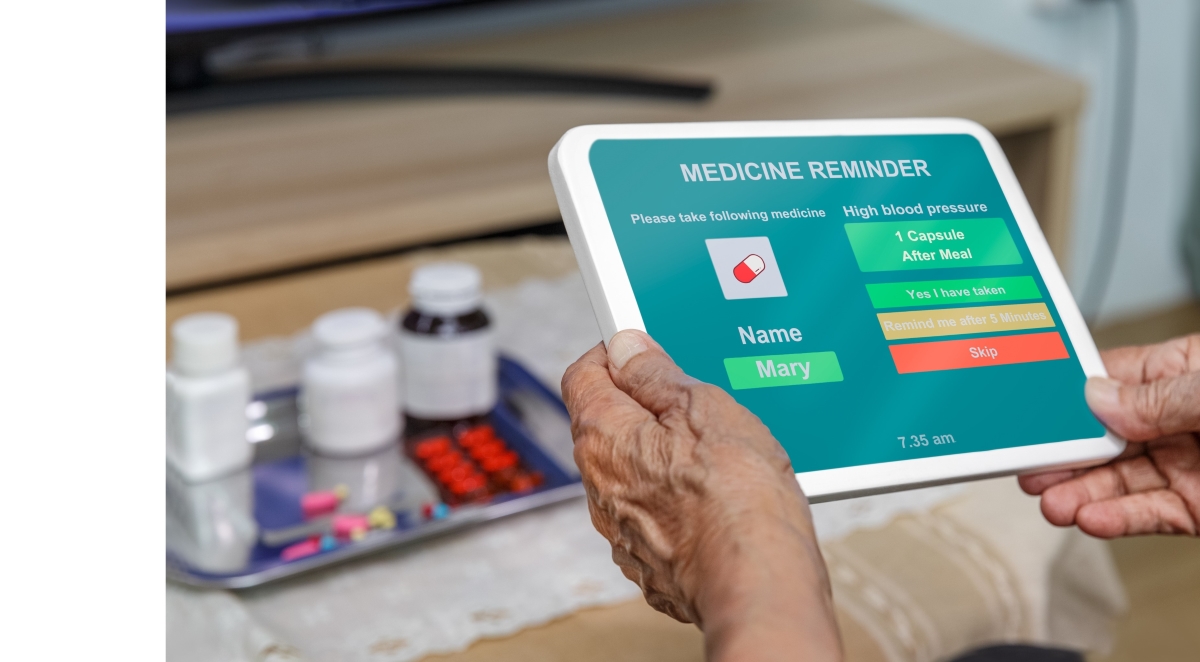
One of the most exciting aspects of smartphones and tablets is the vast selection of apps available. Apps, short for applications, are programs you can download onto your device to perform specific tasks, such as watching videos, reading the news, or managing your health.
Here are a few categories of apps that seniors may find particularly useful:
- Entertainment apps: Enjoy movies, TV shows, music, and games with apps like Netflix, Spotify, or YouTube. These apps offer endless entertainment options, from watching your favorite shows to discovering new music.
- Reading and learning apps: Dive into e-books, audiobooks, or online courses with apps like Kindle, Audible, and Duolingo. These apps can enrich your mind and allow you to explore new topics or brush up on skills from home.
- Health apps: Many smartphones and tablets have built-in health features that track your steps, heart rate, or sleep patterns. You can also download apps that monitor blood pressure, manage medications, or communicate with healthcare providers. For example, MyChart is an app that connects patients with their medical records and doctors.
If you’re unsure where to start, both the Apple App Store and Google Play Store feature recommendations based on your interests, making it easy to discover new and useful apps.
5. Staying Safe Online: Security Tips for Seniors

As with all technology, practicing safe habits when using smartphones and tablets is important. Cybersecurity is an essential part of navigating technology, and there are a few steps seniors can take to protect personal information and stay safe online.
Password protection: Ensure your device is locked with a passcode, fingerprint, or facial recognition. This prevents unauthorized access to your personal information. It’s also important to use strong, unique passwords for your online accounts, and consider using a password manager app to help you keep track of them.
Phishing scams: Be cautious when clicking on links in emails or messages, especially if they come from unknown sources. Scammers often use phishing tactics to trick users into sharing sensitive information. If something looks suspicious, delete the message or consult with a trusted family member before clicking.
App downloads: Only download apps from trusted sources like the Apple App Store or Google Play Store. Avoid downloading apps from unfamiliar websites, which may contain malware or viruses.
Software updates: Regularly updating your device’s software ensures it has the latest security features. These updates are designed to fix vulnerabilities and protect your device from new threats.
6. Using Technology for Health Management

Smartphones and tablets have become powerful tools for managing health, allowing seniors to stay informed, track wellness, and even communicate with healthcare providers remotely.
Telemedicine, which has grown in popularity recently, allows seniors to consult with doctors without leaving home. Apps like Zoom, MyChart, and Teladoc enable virtual visits where you can discuss symptoms, receive diagnoses, and even get prescriptions. These apps are especially useful for seniors with mobility challenges or those living in rural areas where healthcare may be less accessible.
Additionally, many health and fitness apps allow you to set medication reminders, track your physical activity, and monitor sleep patterns. Apps like Fitbit or Apple Health sync with wearable devices to provide real-time data on heart rate, steps, and even stress levels.
For seniors with chronic conditions such as diabetes or high blood pressure, some apps allow you to log blood sugar levels or readings, making it easier to share this information with your healthcare provider.
7. Troubleshooting and Asking for Help

No matter how tech-savvy you are, there will inevitably be moments when your device doesn’t work as expected. Knowing how to troubleshoot can save frustration, whether it’s an app crashing, a forgotten password, or a lost internet connection.
Start by familiarizing yourself with your device’s settings, where you can adjust functions, manage apps, and troubleshoot common issues. If you’re unsure how to fix a problem, don’t hesitate to ask for help. Many seniors find it helpful to ask family members, friends, or even tech-savvy neighbors for assistance. You can also find helpful tutorials online, such as YouTube, which often provides step-by-step guides for common tech issues.
Additionally, many communities and libraries offer classes or workshops designed to help seniors learn about smartphones, tablets, and other devices. Taking advantage of these resources can enhance your confidence and make technology a more enjoyable part of your life.
Conclusion
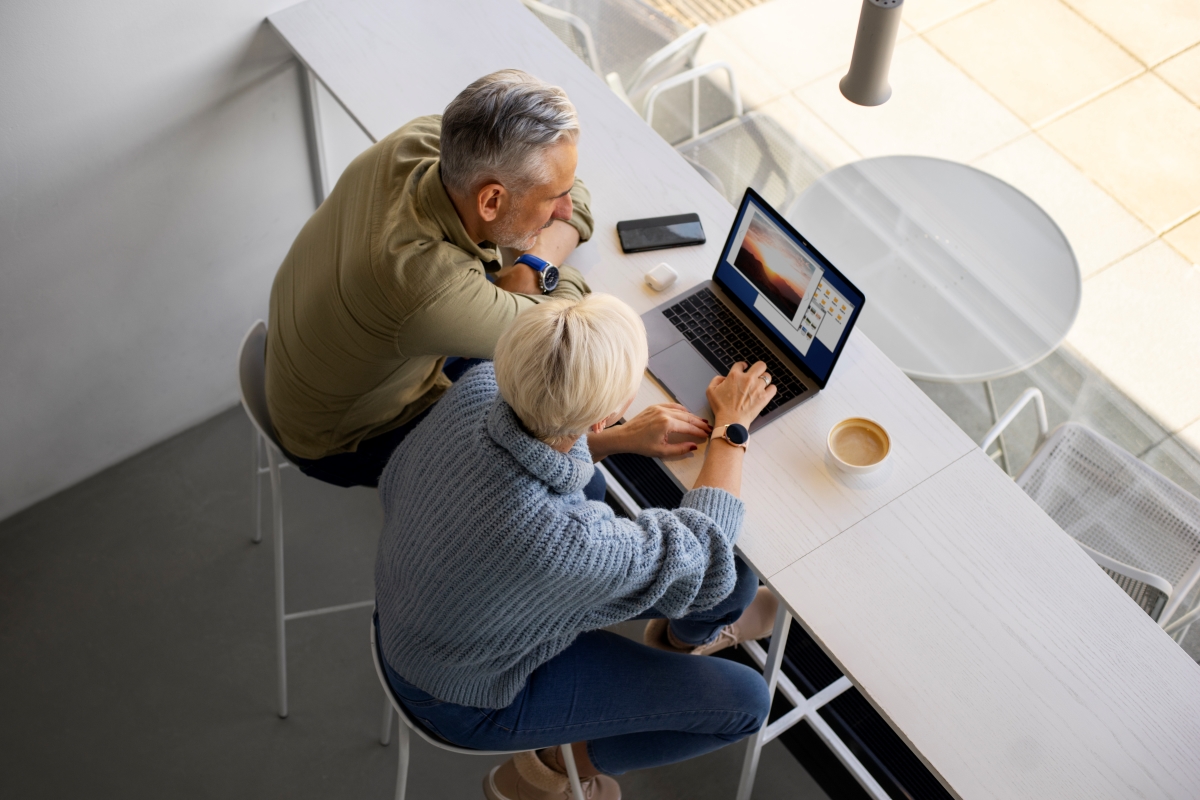
Smartphones and tablets open up a world of possibilities for seniors, offering new ways to stay connected, informed, and entertained. While learning to use these devices may take time, the rewards are well worth the effort. By mastering the basics, exploring useful apps, and practicing safe online habits, seniors can enjoy the many benefits of technology.
Whether it’s keeping in touch with loved ones, managing your health, or discovering new hobbies, embracing smartphones and tablets can enhance your quality of life and make day-to-day tasks easier and more enjoyable.





